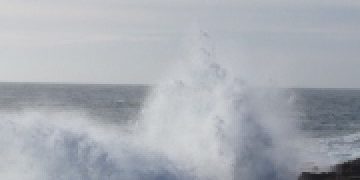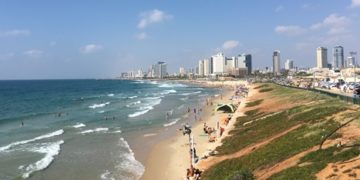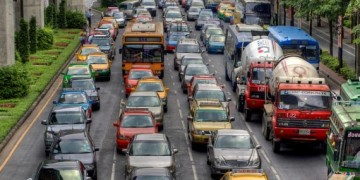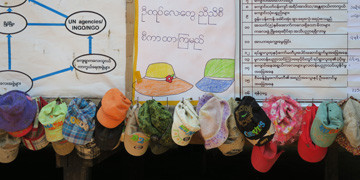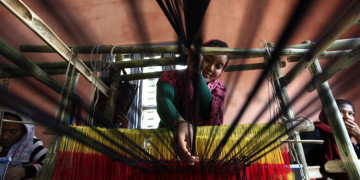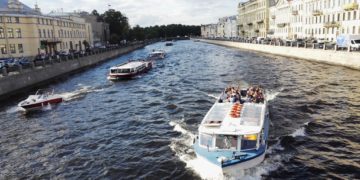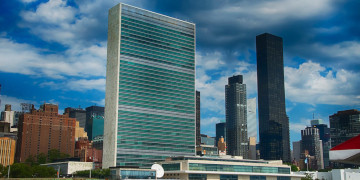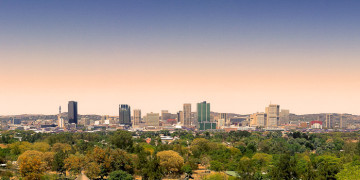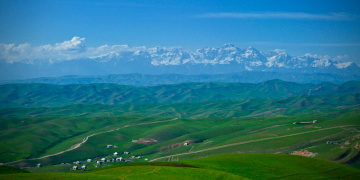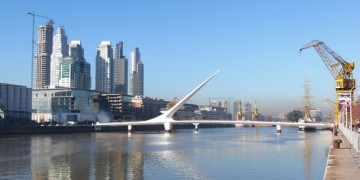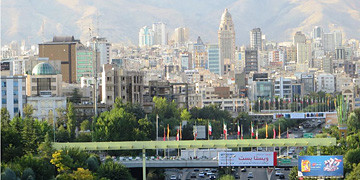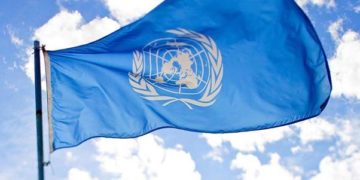How to predict the advancing of the flood in Bangkok?
On the Facebook-page of the Embassy of Finland in Bangkok Mr. Ville Kulmala considered that the media and authorities provide short-term predictions or present the flood map of the day. He challenged the Embassy of Finland to present a realistic scenario on the advance of the flood. His own assessment was that by looking at the volume of the water and the most natural exit routes, it would be logical to conclude that all Bangkok will be flooded during the next few weeks.
The Embassy of Finland cannot have better sense of the situation than the authorities of Thailand. We miss much information in Thai language, as our assistants don’t have time to translate all relevant info. We are not familiar with the details how Bangkok water authorities manage the flow of water in the canal network. Neither have we seen any map of the underground drainage network, by which the flood proceeds in addition to surface advance.
But I have participated in three information sessions organized for the diplomatic community. In these sessions Thai and foreign water experts have presented models on how water would advance in Bangkok. I shall tell in this blog some of my conclusions and questions that I particularly follow from the point of view of Finns in Thailand. In the Finnish community in Bangkok many people know the situation better than I do, as they have lived long in Bangkok, they stay in the present advance zone of the flood, they can follow Thai news or they also monitor and analyse the situation constantly for their professional purposes. I would ask you to participate in the discussion on the scenarios of the advance of the floods either after this blog or in the Facebook-pages of the Embassy of Finland in Bangkok or by sending us e-mails to the addresses sirpa.maenpaa@formin.fi and sanomat.ban@formin.fi.
Predicting is difficult and scenarios change
The Dutch water expert Dr. Adri has presented five different scenarios during the last few weeks. Some of them have different assumptions. He has presented models of worst-case scenarios, how the water would advance if the northern flood wall fell completely or assessed the impact of water just trickling in under and through the flood walls. But he has also collected continuously more information on Bangkok canal network, pumping capacity, openings in northern flood wall, and slopes in the topography of Bangkok etc. and revised his models accordingly. He did not want to distribute his models for public use or to present exact guesses of water heights in different areas of Bangkok or dates when flood would reach any given area. There are too many unknown factors. For instance he did not get sufficient information on the underground drainage network to include it into his models. Therefore I shall comment only the general conclusions I learned through listening to him.
The situation in the three parts of Bangkok is very different
–In Western Bangkok west of the Chao Phraya River flood really seems to proceed in accordance with the comment of Mr. Ville Kulmala along its natural exit route towards the south to the sea. At this moment we are following from the point of view of Finnish tourists particularly what happens when the flood reaches the main southbound highway Rama II. Close to Bangkok the highway is elevated, and therefore one should be able to drive on the elevated highway although the roads below would be inundated by the flood crossing towards the sea. The Thai authorities have plans to replace this highway, but the plans would mean reclaiming roads already under water. What are the most vulnerable parts of Rama II –highway – is it where the elevated highway descends to ground level?
–In Eastern Bangkok east of the north-south road acting as part of the dyke the water has proceeded more slowly than in the west. In that area there are fields, some economically important industrial estates, but also the international airport Suvarnabhum, which has been protected by high floodwalls and good pumping capacity. Although from the air the airport looks like surrounded by water, the experts’ assessments continue to be optimistic as regards the resilience of the airport through the next few weeks.
–In Central Bangkok the flood advances in a different manner, because the region is surrounded by flood walls or circular roads (King’s dyke), because there are five defence lines (canals) crossing the advance direction of the flood and because there is a lot of pumping capacity. The floodwater that has entered Central Bangkok so far has flowed under the northern floodwall or trickled in through the wall or entered through the long weak sections, which had not been strengthened by sand bags. Now the weak sections have been strengthened by placing so called big bags close to them. The inflow of the water seems to have somewhat declined. Out of the three defence lines the third one – Bang Sue Canal – is in use. After it the next ones will be Samsen Canal and Saen Saep Canal. The water should be pumped into the rivers from these canals. There have been different scenarios, whether the last defence line Saen Saep will hold the flood water advancing to it or whether it will overflow to a major extent. This is an important issue for example for the functioning of the Embassy of Finland. The Saen Saep Canal runs a few blocks north from the Embassy. Most expert scenarios I have happened to see guess that our area would remain dry or that the flooding height would be similar to heavy rains, at most knee height. In such a case we would most likely be able to receive electricity and the BTS would run, which means that the Embassy could continue functioning in its present premises. The experts comment that there are reasons why the Central Business District has been situated to where it is now through decades of experience. In Central Bangkok flood might spare the Central Business District or be merciful to it.
Although most of the Embassy staff live in Central Bangkok, we have been treated in the same way as other residents of Bangkok – some of us have already have to evacuate from their homes to hotels or relatives, some live in risk zones where the flood is still predicted to advance, some might be lucky and keep their feet dry until the end of November. My own residence is situated in an area, where water might enter from Saen Saep or Phra Kanong Canals or surprise us by emerging from underground drainage sewers. Some scenarios guess that the Saen Saep Canal might overflow in this direction, some guess not. I follow continuously Twitter messages of Bangkok journalists to check the details of water movements in my direction.
There is still a lot of water coming down from the North
Ville Kulmala is right in stating this. When I want to remind myself of the big picture, I open one of the animations of the Geo-Informatics and Space Technology Development Agency GISTDA . Bangkok lies north to the most Southern province by the sea, Samut Prakan.
Yet, experts say that the pressure in the northern flood wall of Bangkok will be reduced clearly already when the water level north of Bangkok declines under a certain height, much before than all water has flown from the North past Bangkok. The foreign experts I have heard guess that the most difficult pressure lasts still some 10-20 days.
Pumping water from those areas in Central Bangkok, where flood has already advanced, will last several weeks after no new flood water will enter into Central Bangkok. There have not yet been serious attempts to construct models for this. One guess is that the whole of Central Bangkok would be dry by the end of December.
So I have not been able to reply accurately to the questions of Mr. Ville Kulmala, but I hope that these pieces of information and even vague scenarios would help Ville in making his own decisions. I also hope that the Finns in Bangkok would correct me, bring in their knowledge, and challenge these views, so that we would still make efforts to find a more accurate view on the flood situation.
I concentrated in this blog in the movements of water from the point of view of Finns. How the flood has affected Thai people and the Thai economy would merit a blog of its own. I would just like to mention that the experts admired the resilience of Thai people facing this natural disaster.
The task of the Embassy of Finland is particularly to support the Finns. We know that many of view have moved away from your homes, although you have not reported to the Embassy. It would help us, if you told us your stories, how the flood affected your lives. We would try to collect a summary out of them. It would assist us in serving you in future natural disasters also elsewhere. You can send your experiences to the e-mail address sanomat.ban@formin.fi. We promise to present a summary for you to read later on.





